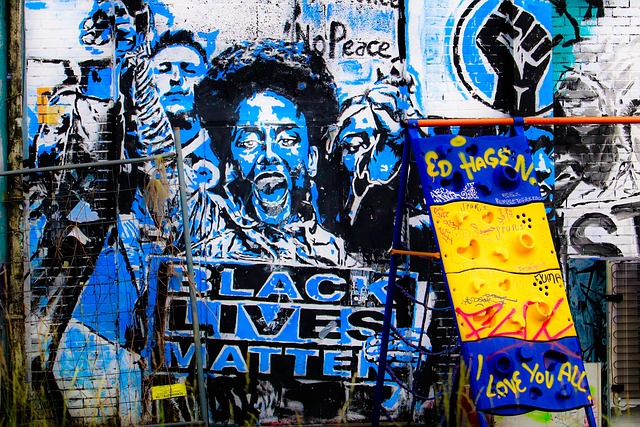In a world dominated by visual stimuli, the power of photographic imagery has never been more significant, particularly when it comes to conveying political messages. Photography serves not just as a medium of recording reality, but as a potent narrative tool that can shape public perception and provoke thought. The careful composition of images plays a crucial role in this process, transforming simple snapshots into haunting, thought-provoking statements that resonate on multiple levels.
The art of photography begins with a device—a camera, a window through which we can intersect our realities with the world beyond. Yet, the camera is only as good as the perspective it captures. Understanding how optics work can radically change the way we view and compose images. The type of lens, aperture settings, and focal lengths can all contribute to the depth, clarity, and emotion inherent in the photograph.
Consider the persuasive power of a single photograph. A well-timed image of a protest, for example, can communicate a multitude of political messages without uttering a single word. The choice of angle can emphasize the urgency of the moment. Photographers often employ wide angles to capture the enormity of a crowd, creating a feeling of solidarity among protesters. Conversely, a close-up can reveal the raw emotion etched on a solitary face, highlighting personal stories amidst collective action.
Lighting also plays a pivotal role in the composition of political photography. Natural light can evoke certain moods—golden hour can deliver warmth and hope, while harsh shadows might convey conflict or despair. These elements are not merely aesthetic but serve to deepen the narrative being told through the image. Each photograph becomes a dialogue, inviting viewers to engage, reflect, and even act.
The impact of political messages conveyed through photography is further amplified by the careful selection of subjects and backgrounds. The context in which a subject is placed can shift the interpretation of an image altogether. For instance, capturing a social activist in their community lends authenticity to their cause, while juxtaposing them against stark urban landscapes can create a sense of isolation. This interplay between subject and environment invites the viewer to question the broader societal structures at play.
Moreover, with the advent of digital photography, photographers now have unprecedented flexibility in editing and composition, allowing for even more nuanced storytelling. Techniques such as photo manipulation, layering, and selective color can transform routine images into compelling political art. The ethics of these techniques can be debated, but their ability to captivate and spur action is undeniable.
The dialogue between optics and photography within the realm of political messages adds layers of meaning to the captured moment. Every photograph is a composition of choices made by the photographer, decisions that influence how we as viewers engage with the world. Through thoughtful optics and composition, we are not only witnesses to political movements but also active participants in shaping the narratives that define our times.



